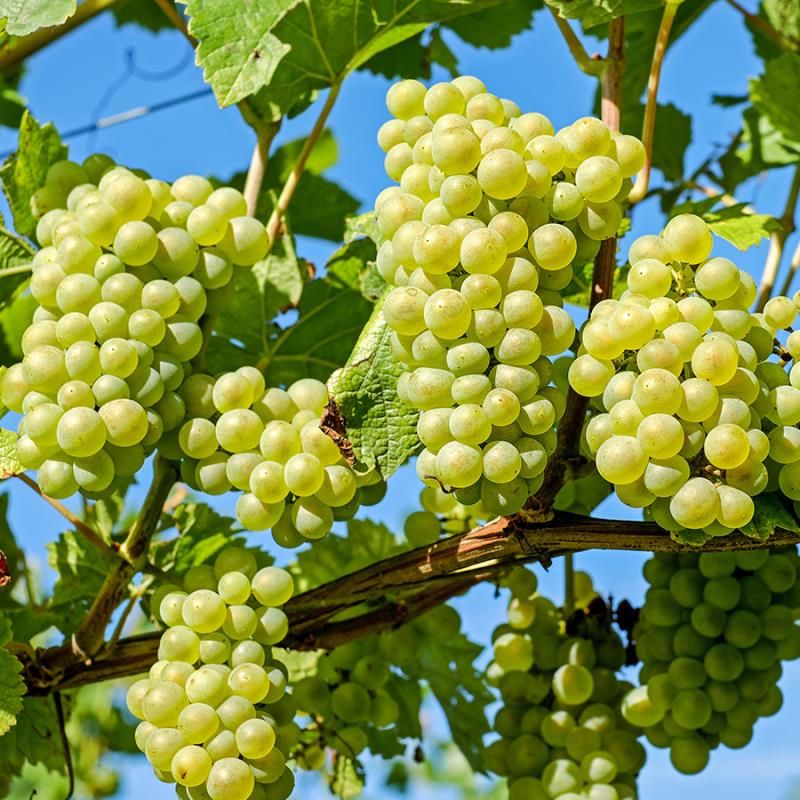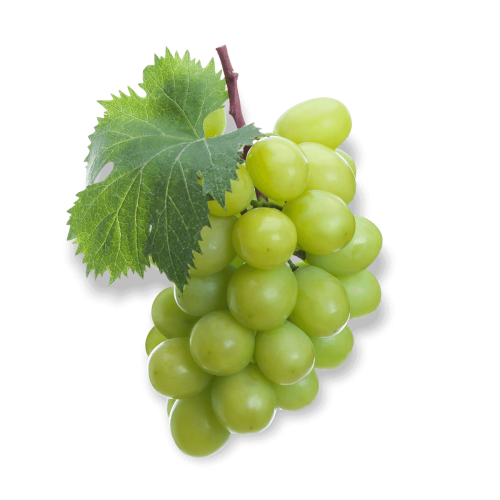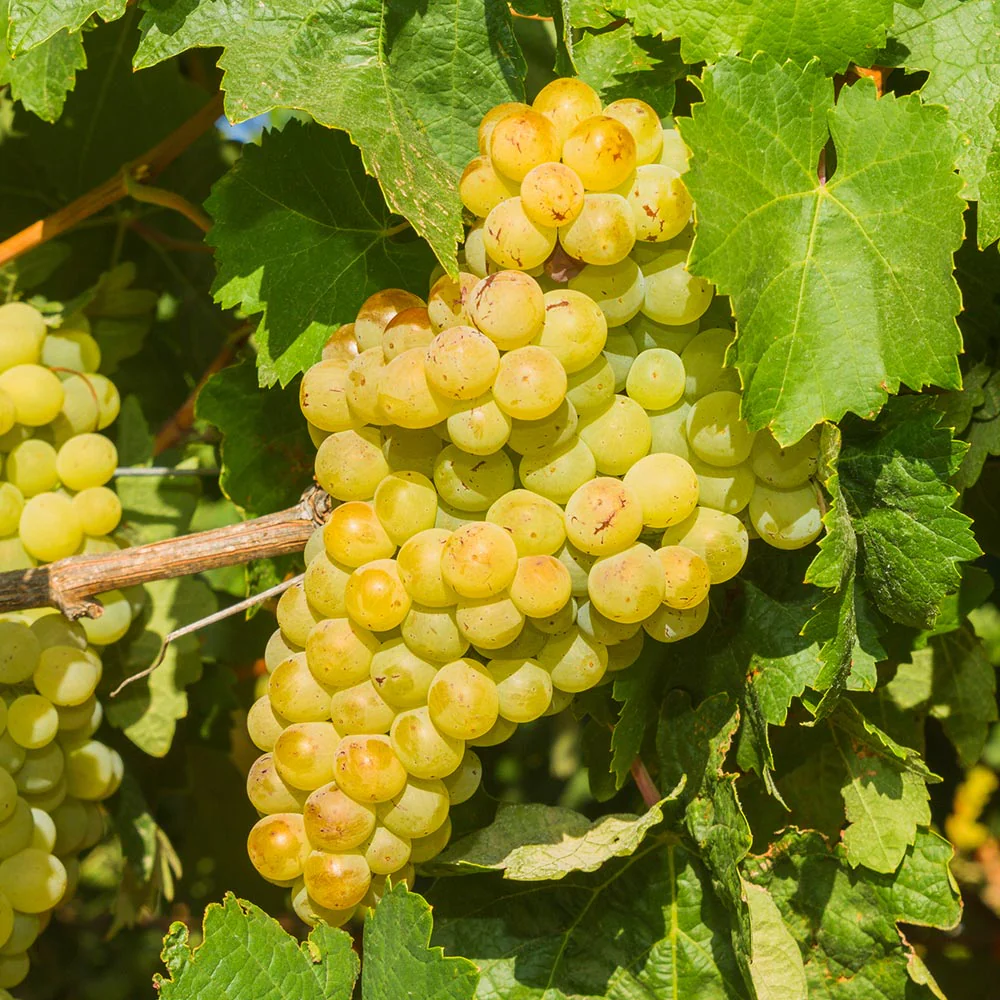Niagara Grapes
Niagara Grapes are a white (light green to golden) seeded variety that are among the most popular American grapes for juice, jellies, and sweet wines. Known for their strong "foxy" aroma and distinctive flavor, they are widely grown across North America.
General Characteristics
-
Type: American grape, a Vitis labrusca variety (related to Concord).
-
Origin: Developed in Niagara County, New York, in 1868 by crossing Concord and Cassady grapes.
-
Flavor: Sweet, aromatic, with the signature "foxy" labrusca taste; often described as musky or candied.
-
Seeds: Yes, they are seeded.
-
Use: Primarily used in grape juice, jellies, jams, and sweet wines; also eaten fresh though less common commercially.
Growth & Harvest
-
Ripening: Mid-season, typically around mid-September.
-
Vine: Vigorous and productive, often requiring good trellising support.
-
Clusters: Large, with medium to large translucent greenish berries that can take on a golden hue when fully ripe.
-
Cold Hardiness: Well-suited for northern climates; tolerates winter cold similar to Concord.


Advantages
-
Excellent for juice production (most commercial white grape juice in the U.S. is made from Niagara).
-
Distinctive sweet flavor and aroma.
-
Hardy and vigorous vines that thrive in cooler regions.
-
Versatile for juice, jelly, and sweet wines.
Disadvantages
-
Seeded, which is less desirable for table grape snacking.
-
Flavor can be too strong or musky for some fresh-eating preferences.
-
Less popular for dry winemaking due to its "foxy" character.
If you're looking for a classic American white grape with a bold flavor and wide use in juices and sweet wines, Niagara is a dependable choice.

